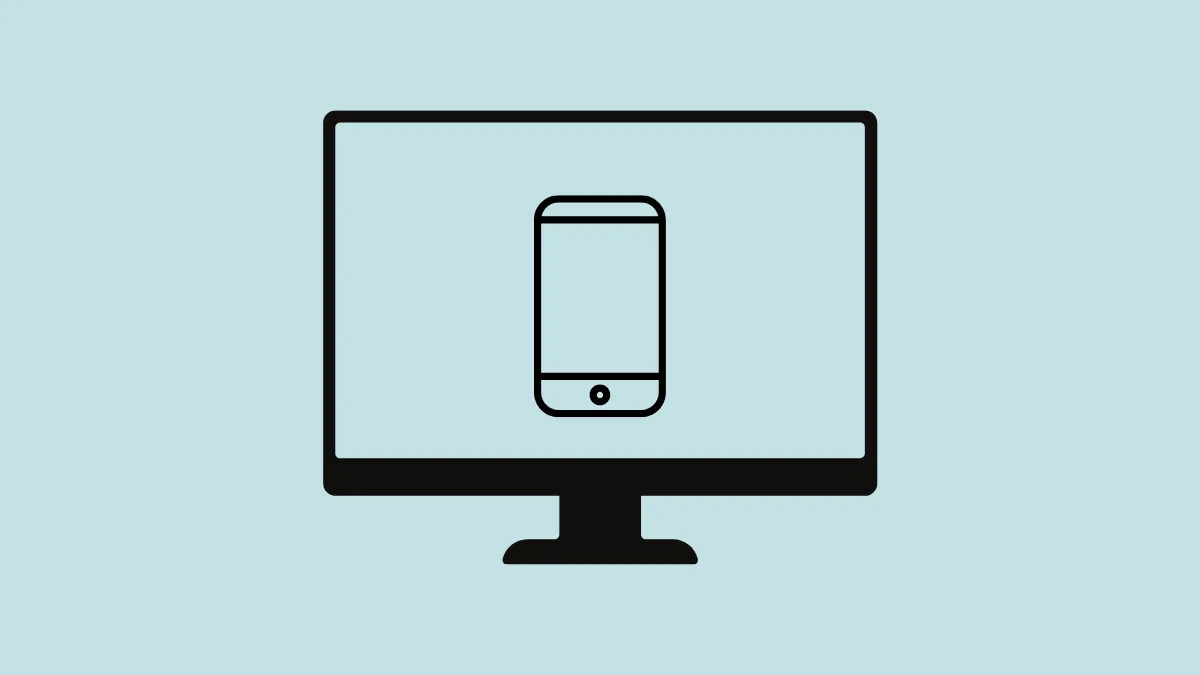Windows users checking their Task Manager often notice an app called "Phone Link" running quietly in the background. Originally known as "Your Phone," Phone Link is a built-in Windows app designed to connect your Android smartphone seamlessly to your PC. But why is it constantly active, and should you be concerned about it? Let's unpack exactly what Phone Link does, why it's running, and how you can manage or disable its automatic startup.
What Exactly Is Phone Link?
At its core, Phone Link acts as a bridge between your Android phone and Windows PC. By pairing your devices, you can access notifications, send and receive messages, make calls, and even view recent photos directly from your desktop. Microsoft introduced this tool to streamline multitasking, allowing users to manage mobile tasks without constantly switching devices. Phone Link connects to your phone via Wi-Fi or Bluetooth, ensuring a secure and stable communication channel between devices.
Phone Link offers several key features:
- Notifications: View and manage your phone's notifications directly on your PC.
- Messaging: Send and receive SMS and MMS messages without picking up your phone.
- Photos: Access recent photos from your phone, allowing quick transfers and easy sharing.
- Phone Calls: Make and receive calls using your computer as a Bluetooth headset.
- App Integration: Run compatible mobile apps directly on your PC for a more comfortable user experience.
Why Does Phone Link Always Appear in Task Manager?
If you've noticed Phone Link running in Task Manager, it's because the app is designed to run continuously in the background. This constant activity allows it to maintain a live connection with your smartphone, ensuring that notifications, messages, and other interactions are synced in real-time. Phone Link's presence in Task Manager helps you monitor its resource usage, such as CPU and memory consumption, and troubleshoot any potential performance issues.
However, some users find the persistent background activity unnecessary or intrusive, especially if they rarely use the app or don't own an Android device.
How to Stop Phone Link From Automatically Running on Startup
If you prefer not to have Phone Link continuously running, you have several options to disable or manage its startup behavior. Let's explore the most effective methods first.
Method 1: Disable Phone Link From Its Own Settings
Step 1: Launch the Phone Link app by typing "Phone Link" into the Windows search bar and selecting the app.
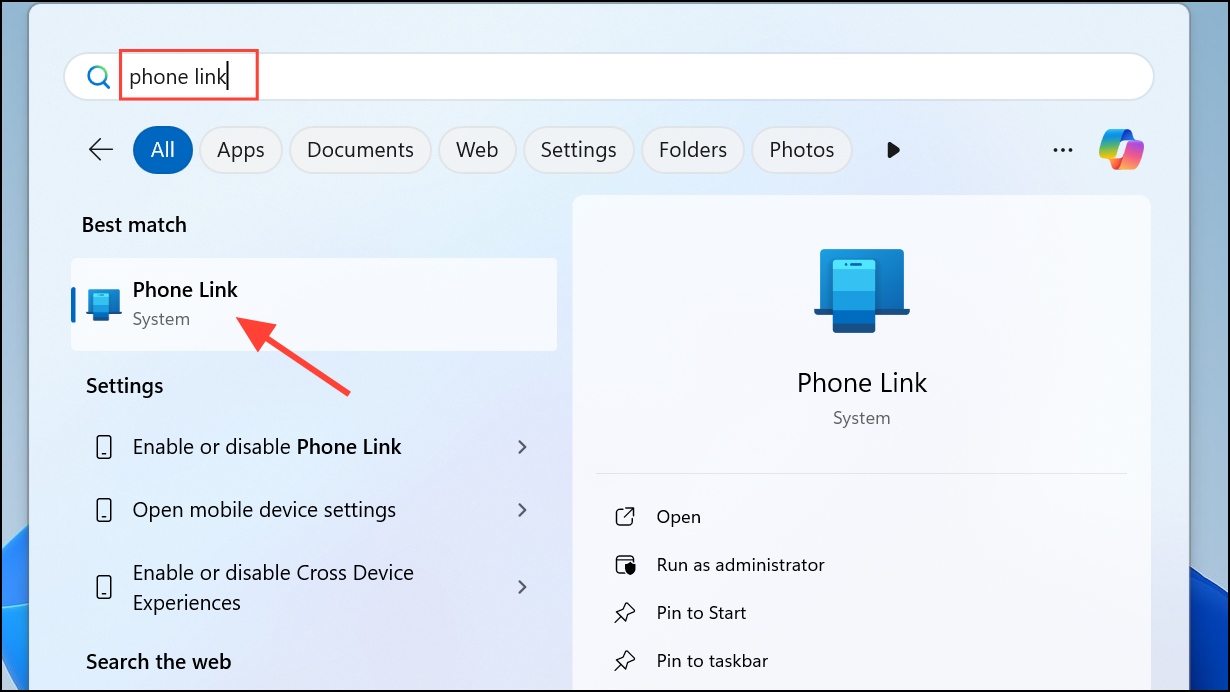
Step 2: Click on the gear icon (Settings) in the top-right corner of the app window.
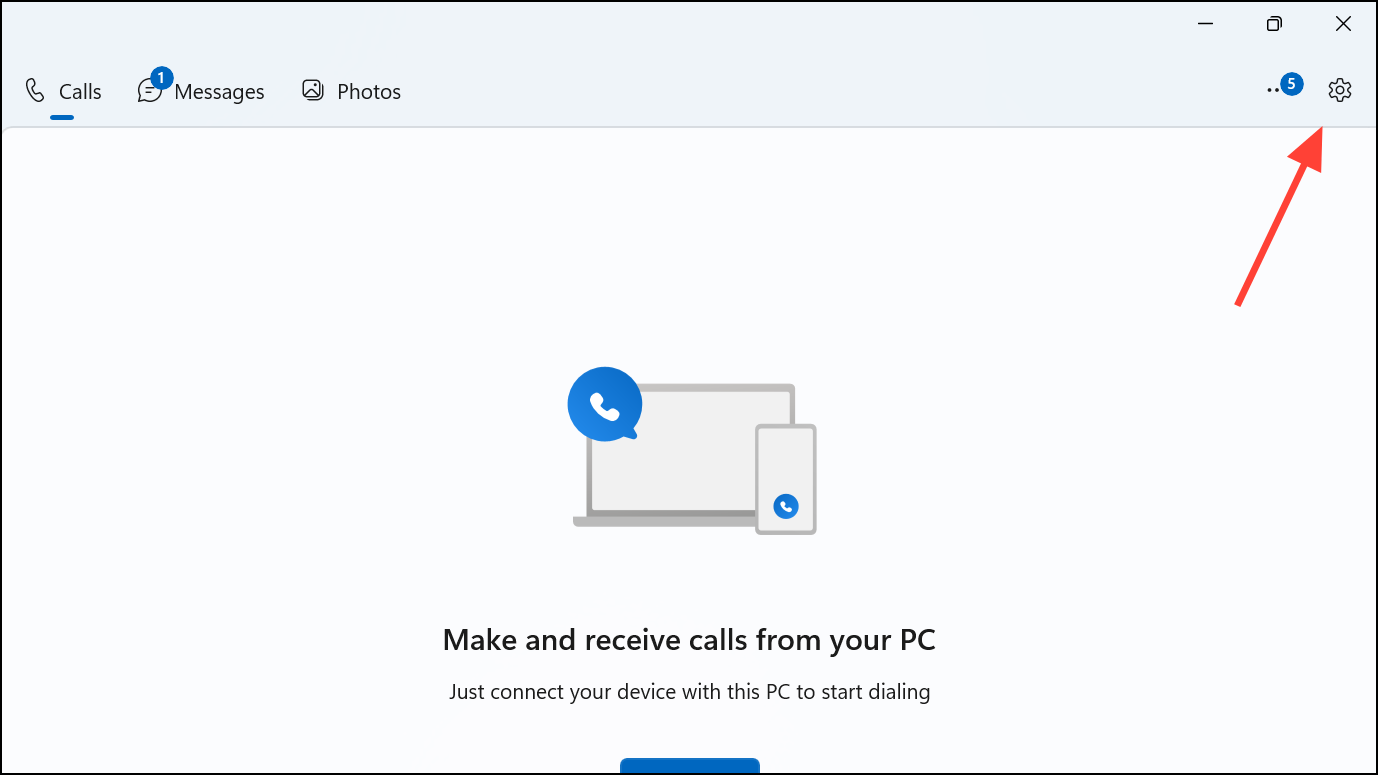
Step 3: In the Settings pane, select "General," then click "App behavior."
Step 4: Uncheck the box labeled "Start Phone Link when I sign in to Windows."
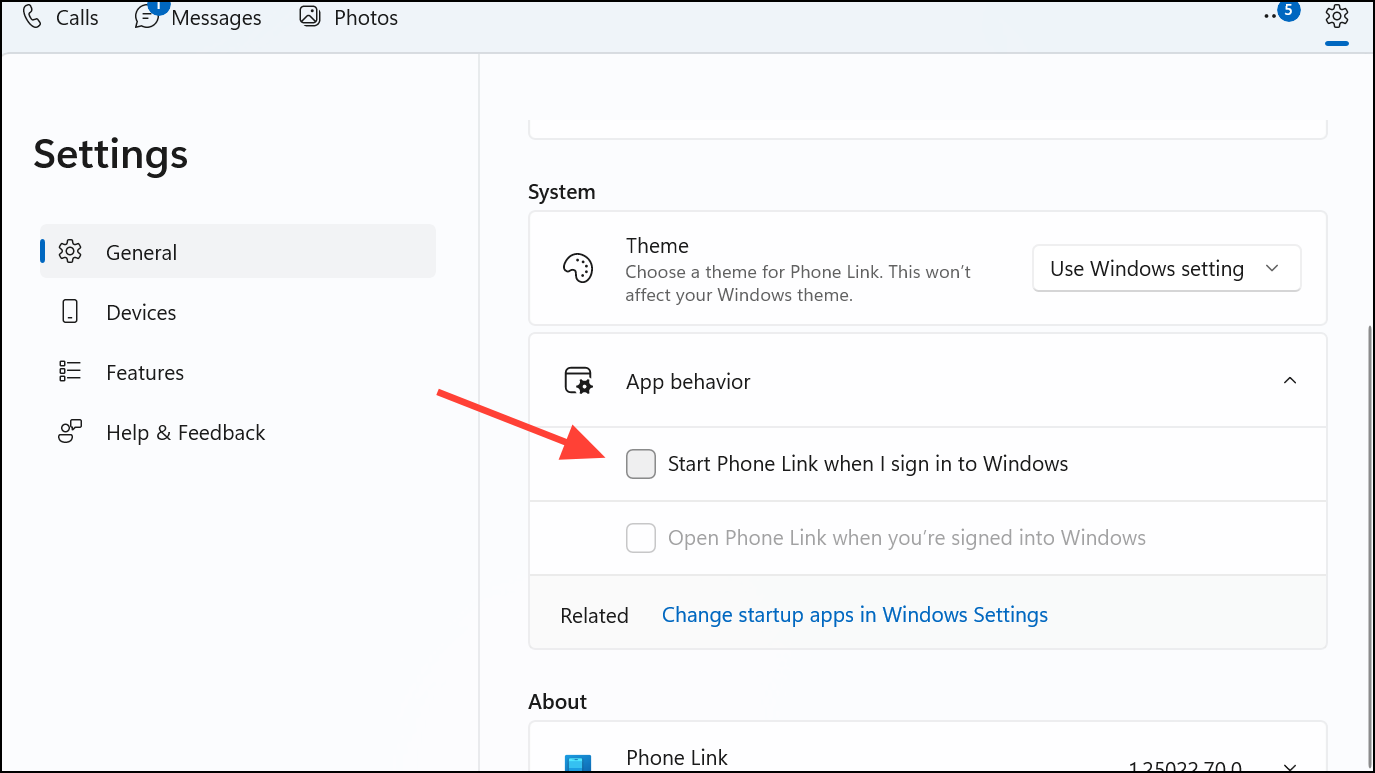
This method directly disables the app's automatic startup behavior, ensuring it doesn't launch each time you log in.
Method 2: Disable Phone Link via Windows Settings
If the first method doesn't work or you prefer a broader approach, follow these steps:
Step 1: Press Win + I to open Windows Settings.
Step 2: Navigate to "Apps," then select "Startup."
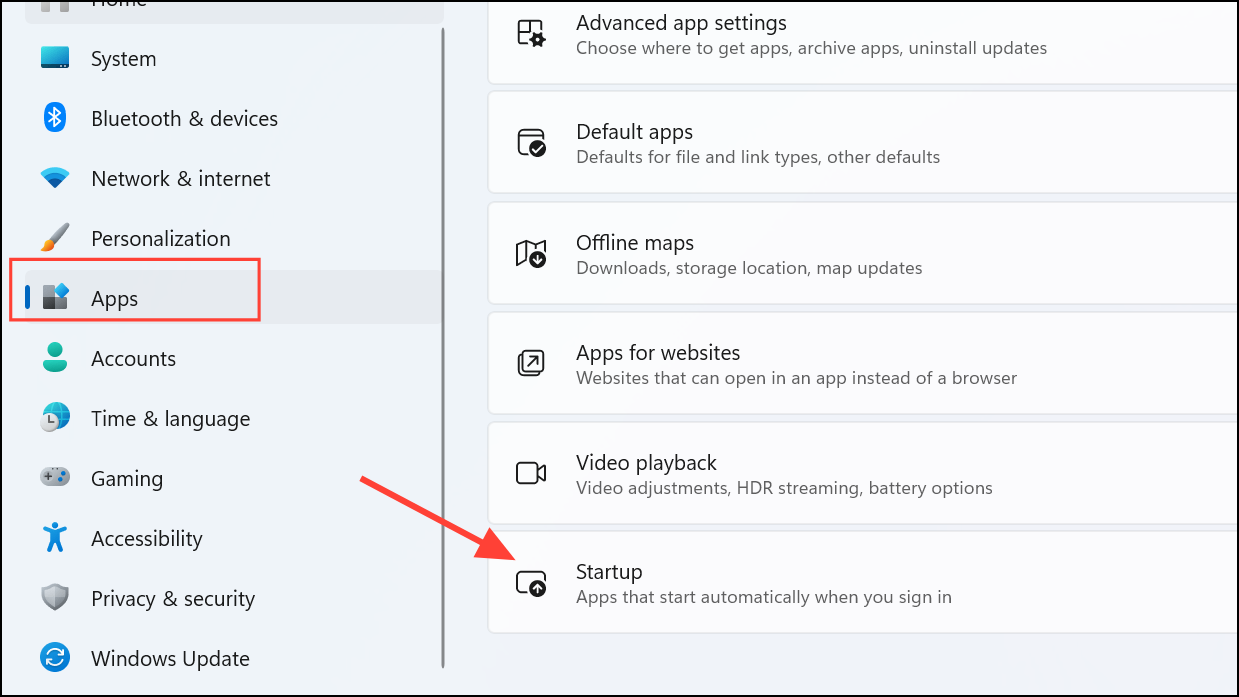
Step 3: Find "Phone Link" in the list of startup apps and toggle it off.
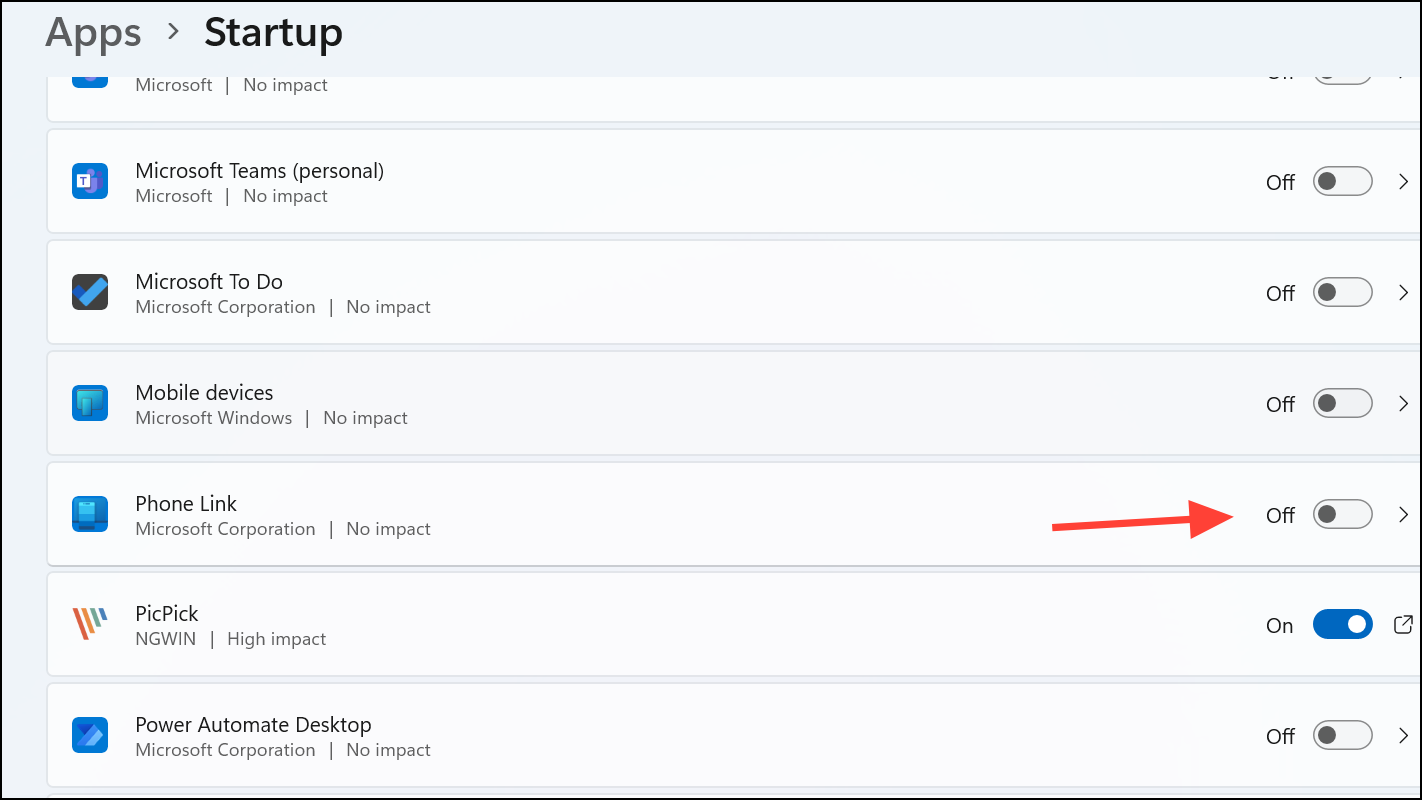
Disabling the app in Windows Startup settings prevents it from launching automatically, reducing resource usage.
Method 3: Disable Phone Link Using Task Manager
If Phone Link doesn't appear in the Startup apps list, you can disable it directly from Task Manager:
Step 1: Press Ctrl + Shift + Esc to open Task Manager.
Step 2: Click on the "Startup apps" tab.
Step 3: Locate "Phone Link" or "YourPhone.exe," select it, and click "Disable."
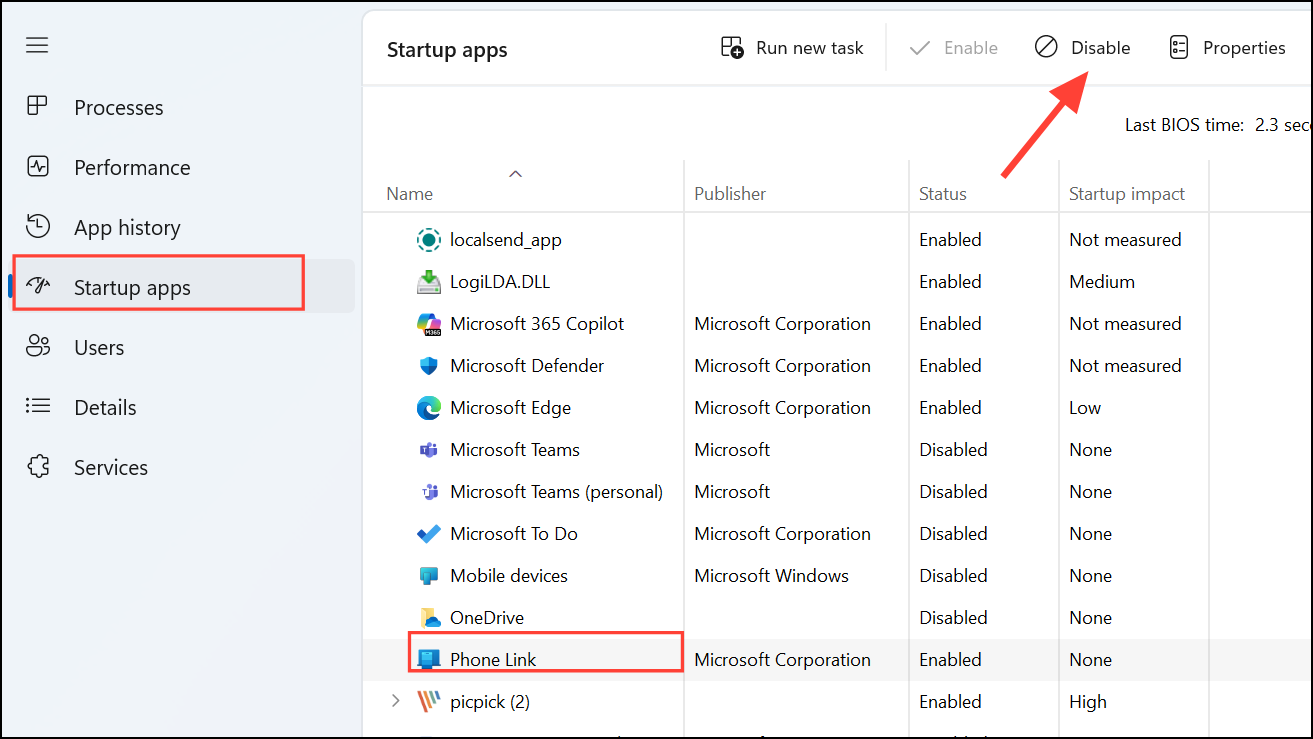
This method ensures the app won't automatically start, even if other settings suggest otherwise.
Method 4: Restrict Phone Link From Running in the Background
If the app still launches occasionally, restrict its background activity:
Step 1: Open Windows Settings (Win + I) and navigate to "Apps" > "Installed apps."
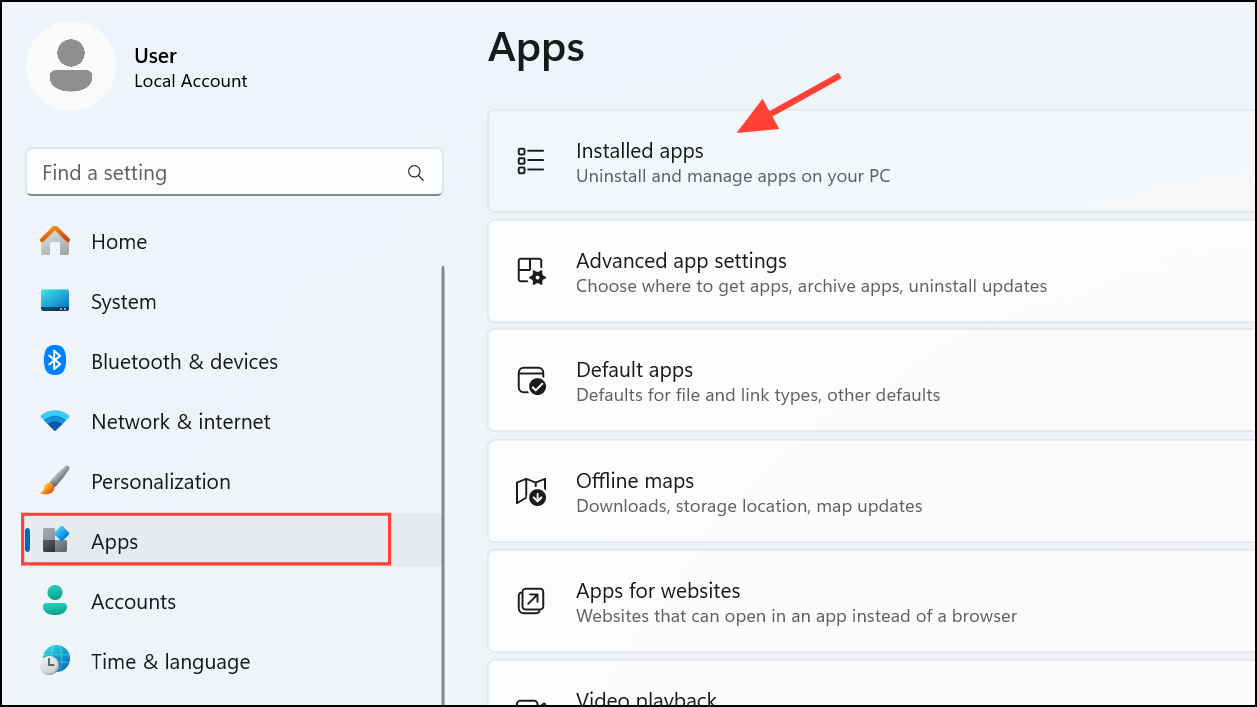
Step 2: Scroll down to "Phone Link," click the three-dot menu, and select "Advanced options."
Step 3: Under "Background apps permissions," set it to "Never."
This prevents Phone Link from running silently in the background, freeing up system resources.
Troubleshooting Common Issues With Phone Link
Occasionally, users experience issues such as connectivity drops, delayed notifications, or performance slowdowns. Here are quick troubleshooting tips:
- Connectivity Issues: Ensure both devices are on the same Wi-Fi network and restart both devices to re-establish the connection.
- Notification Delays: Verify notification permissions in both Windows and Android settings.
- Photos Not Syncing: Recheck permissions on your Android device and try re-syncing within the app.
- Performance Slowdown: Monitor Phone Link's resource consumption in Task Manager and disable unnecessary features if needed.
While Microsoft's Phone Link app can be incredibly useful for seamless multitasking, it's also understandable if users prefer more control over its background activity. By following the methods above, you can easily manage or disable Phone Link's automatic startup, ensuring your computer runs exactly the way you want it to.

